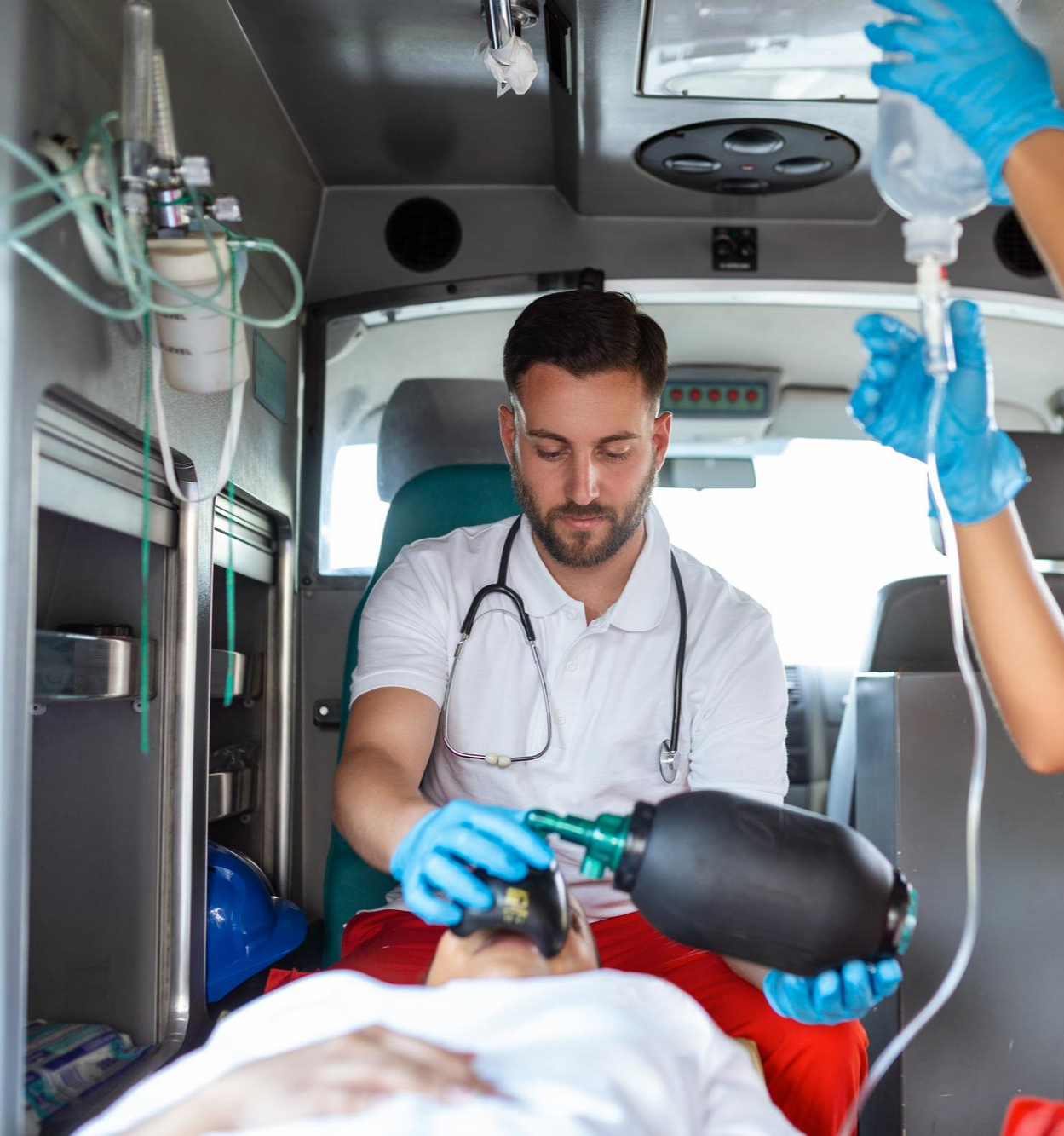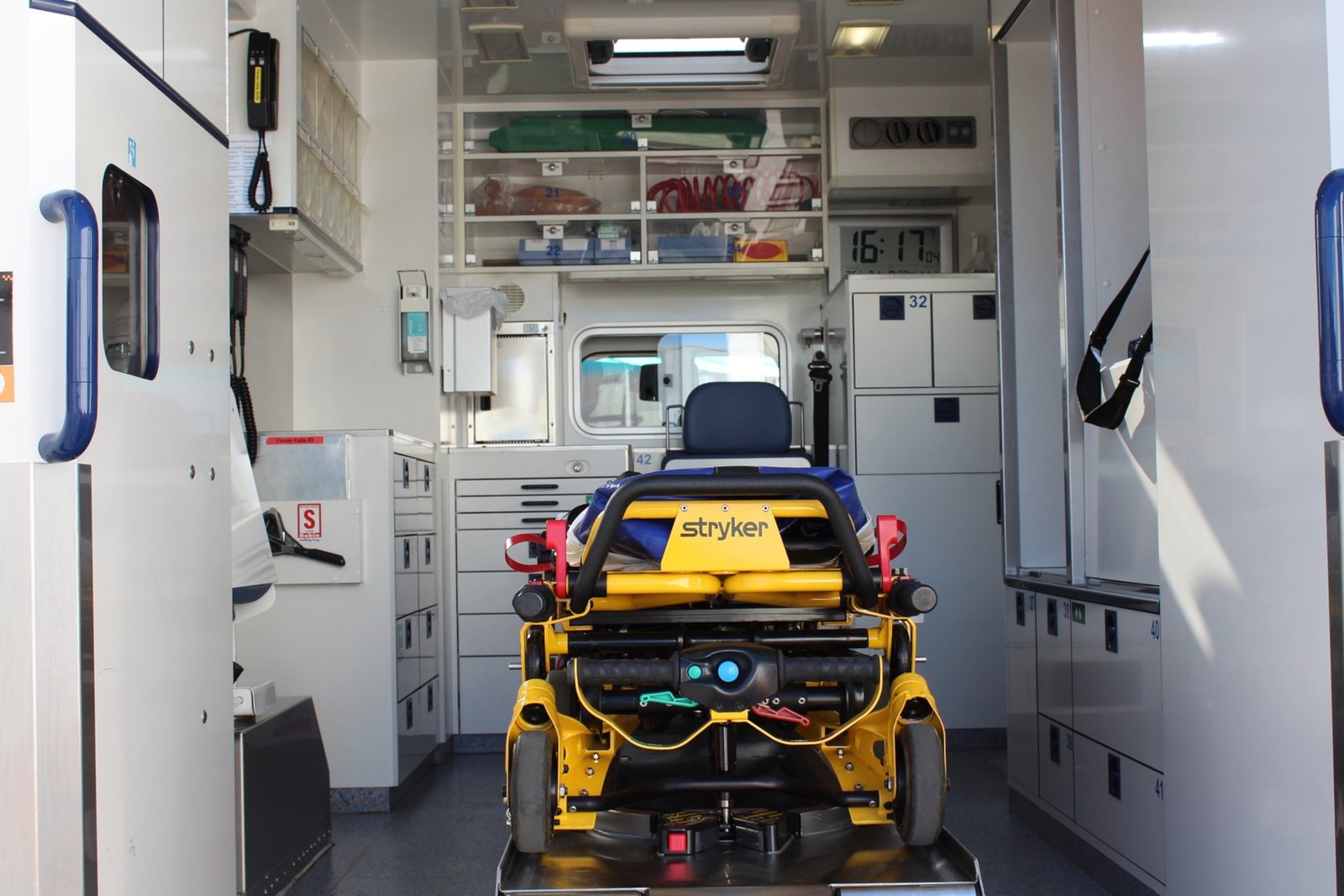About Us
About Company
Bengaluru Ambulance provides you a 24/7 ambulance service typically means that emergency medical services are available around the clock, every day of the week. This ensures that individuals in need of urgent medical attention can receive prompt assistance at any time, whether it's during the day, at night, on weekends, or holidays. These services are crucial for ensuring timely medical care and saving lives in emergency situations.


About Company
Bengaluru Ambulance provides you a 24/7 ambulance service typically means that emergency medical services are available around the clock, every day of the week. This ensures that individuals in need of urgent medical attention can receive prompt assistance at any time, whether it's during the day, at night, on weekends, or holidays. These services are crucial for ensuring timely medical care and saving lives in emergency situations.


About Company
Bengaluru Ambulance provides you a 24/7 ambulance service typically means that emergency medical services are available around the clock, every day of the week. This ensures that individuals in need of urgent medical attention can receive prompt assistance at any time, whether it's during the day, at night, on weekends, or holidays. These services are crucial for ensuring timely medical care and saving lives in emergency situations.

About Company
Bengaluru Ambulance provides you a 24/7 ambulance service typically means that emergency medical services are available around the clock, every day of the week. This ensures that individuals in need of urgent medical attention can receive prompt assistance at any time, whether it's during the day, at night, on weekends, or holidays. These services are crucial for ensuring timely medical care and saving lives in emergency situations.


Our Priorities
A Leading Ambulance Service Team
Safety transportation encompasses various measures and practices aimed at ensuring the safe movement of people or goods from one location to another. Here are some key aspects of safety transportation:
-
Vehicle Safety: Ensuring that vehicles used for transportation meet safety standards and are properly maintained is crucial. Regular inspections, maintenance checks, and adherence to safety regulations help minimize the risk of accidents and mechanical failures.
-
Driver Training: Well-trained and licensed drivers are essential for safe transportation. Driver education programs, ongoing training, and adherence to traffic laws and safety protocols help reduce the likelihood of accidents caused by human error.
-
Safety Equipment: Vehicles should be equipped with appropriate safety features, such as seat belts, airbags, anti-lock brakes, and stability control systems. Additionally, specialized equipment may be necessary for transporting certain goods or individuals safely.
-
Route Planning: Planning transportation routes carefully can help minimize risks and ensure efficient travel. Consideration should be given to factors such as road conditions, traffic patterns, weather conditions, and potential hazards along the route.
-
Emergency Preparedness: Being prepared to handle emergencies is essential for safety transportation. This includes having emergency response plans in place, providing training in first aid and emergency procedures to drivers and staff, and equipping vehicles with emergency kits and communication devices.
-
Security Measures: In some cases, security measures may be necessary to ensure the safety of passengers or cargo during transportation. This may include surveillance systems, security personnel, or specialized security protocols.
-
Compliance with Regulations: Adhering to local, national, and international regulations and standards governing transportation is essential for safety and legal compliance. This includes regulations related to vehicle safety, driver licensing and qualifications, cargo handling, and environmental protection.
-
Continuous Improvement: Regular evaluation and improvement of safety transportation practices are essential for minimizing risks and adapting to changing circumstances. This may involve analyzing incident data, implementing safety initiatives, and seeking feedback from stakeholders.
By addressing these aspects comprehensively, safety transportation providers can help ensure the well-being of passengers, drivers, and the public while facilitating the efficient movement of people and goods.
Our Priorities
A Leading Ambulance Service Team
Safety transportation encompasses various measures and practices aimed at ensuring the safe movement of people or goods from one location to another. Here are some key aspects of safety transportation:
-
Vehicle Safety: Ensuring that vehicles used for transportation meet safety standards and are properly maintained is crucial. Regular inspections, maintenance checks, and adherence to safety regulations help minimize the risk of accidents and mechanical failures.
-
Driver Training: Well-trained and licensed drivers are essential for safe transportation. Driver education programs, ongoing training, and adherence to traffic laws and safety protocols help reduce the likelihood of accidents caused by human error.
-
Safety Equipment: Vehicles should be equipped with appropriate safety features, such as seat belts, airbags, anti-lock brakes, and stability control systems. Additionally, specialized equipment may be necessary for transporting certain goods or individuals safely.
-
Route Planning: Planning transportation routes carefully can help minimize risks and ensure efficient travel. Consideration should be given to factors such as road conditions, traffic patterns, weather conditions, and potential hazards along the route.
-
Emergency Preparedness: Being prepared to handle emergencies is essential for safety transportation. This includes having emergency response plans in place, providing training in first aid and emergency procedures to drivers and staff, and equipping vehicles with emergency kits and communication devices.
-
Security Measures: In some cases, security measures may be necessary to ensure the safety of passengers or cargo during transportation. This may include surveillance systems, security personnel, or specialized security protocols.
-
Compliance with Regulations: Adhering to local, national, and international regulations and standards governing transportation is essential for safety and legal compliance. This includes regulations related to vehicle safety, driver licensing and qualifications, cargo handling, and environmental protection.
-
Continuous Improvement: Regular evaluation and improvement of safety transportation practices are essential for minimizing risks and adapting to changing circumstances. This may involve analyzing incident data, implementing safety initiatives, and seeking feedback from stakeholders.
By addressing these aspects comprehensively, safety transportation providers can help ensure the well-being of passengers, drivers, and the public while facilitating the efficient movement of people and goods.
